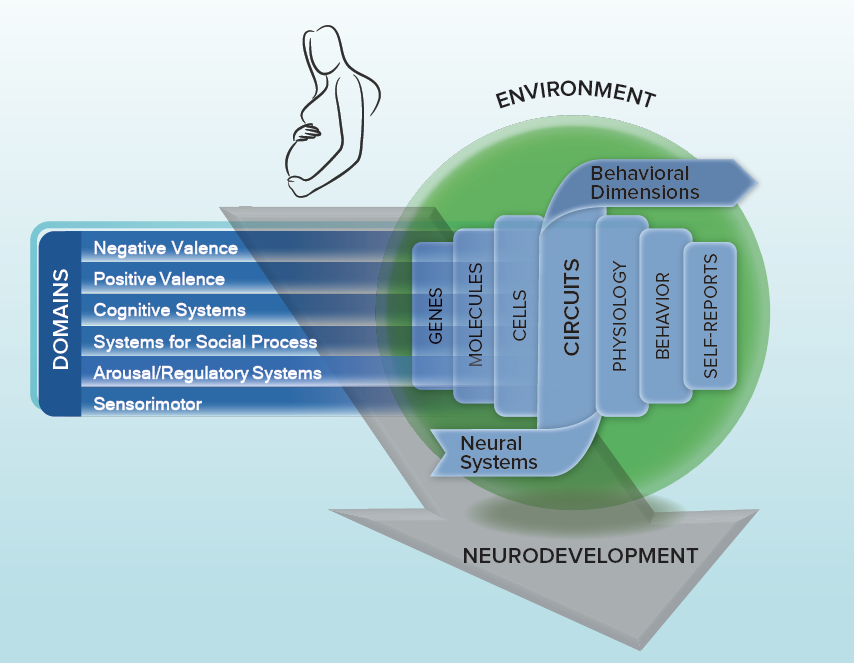Form 1 RDoC Environment and Development Pre-Workshop Survey Que
Generic Clearance for the Research Domain Criteria (RDoC) Initiative (NIMH)
RDoC Environment and Development Pre-Workshop Survey Questions
Environment and Development in RDoC Survey (NIMH)
OMB: 0925-0756
OMB Number 0925-0756
Exp. Date 7/31/2021
Public reporting burden for this collection of information is estimated to average 30 minutes per response, including the time for reviewing instructions, searching existing data sources, gathering and maintaining the data needed, and completing and reviewing the collection of information. An agency may not conduct or sponsor, and a person is not required to respond to, a collection of information unless it displays a currently valid OMB control number. Send comments regarding this burden estimate or any other aspect of this collection of information, including suggestions for reducing this burden, to: NIH, Project Clearance Branch, 6705 Rockledge Drive, MSC 7974, Bethesda, MD 20892-7974, ATTN: PRA (0925-0756). Do not return the completed form to this address.
NIMH
Research Domain Criteria (RDoC)
Environment and Development
Pre-Workshop Survey
Have you considered using the Research Domain Criteria (RDoC) framework in your research to study development & environment in psychopathology?
Yes
No – please explain why:
Rate how familiar you are with RDoC on a scale of 1-5, with 1 being unaware of it, and 5 being well acquainted with it:
Of the options listed below, which factors are most important to consider when using RDoC to investigate the role of development in mental disorders? Rank as many of the following as you’d like, in order of importance.
Sensitive periods in development when individuals are at highest risk and/or most amenable to intervention and targets for intervention
Better knowledge of typical vs atypical development
Plasticity of the brain
Development of new RDoC domains (or evolution of old domains into new ones) with increase in age
Interaction of development and environment
Other factors not listed: <SPACE TO LIST THEM HERE>
Of the options listed below, which factors are most important to consider when using RDoC to investigate the role of environment in mental disorders? Rank as many of the following as you’d like, in order of importance.
Proximal vs. distal types of environmental influences (e.g., effects of home/school, vs. policy and culture)
Interpersonal factors (e.g., family, peers)
Discrete vs. prolonged stressors (e.g., traumas/life events vs. immigration, adoption, minority status)
Lack/deprivation of resources (e.g., neglect, poverty, SES, malnutrition)
Dose-response of stressors (e.g., intensity/severity, frequency)
Environmental toxins
Factors that promote resilience
Interaction of development and environment (e.g., sensitive periods)
Other factors not listed: <SPACE TO LIST THEM HERE>
Attached is a current depiction of the RDoC Framework. Development is represented as an ongoing process that may influence the relationship between domains and units of analysis in the RDoC matrix. Likewise, these relationships may be shaped by various factors in the environment (represented by the sphere).

a. What additions/changes to the figure would you suggest?
b. If you have an image that incorporates changes that you recommend, please attach.
Please recommend up to 3 peer reviewed articles that are relevant to the topic of environment and development and would inform the RDoC Framework.
Please provide additional comments or feedback regarding your views on the role of environment and development in RDoC.
| File Type | application/vnd.openxmlformats-officedocument.wordprocessingml.document |
| File Modified | 0000-00-00 |
| File Created | 0000-00-00 |
© 2025 OMB.report | Privacy Policy